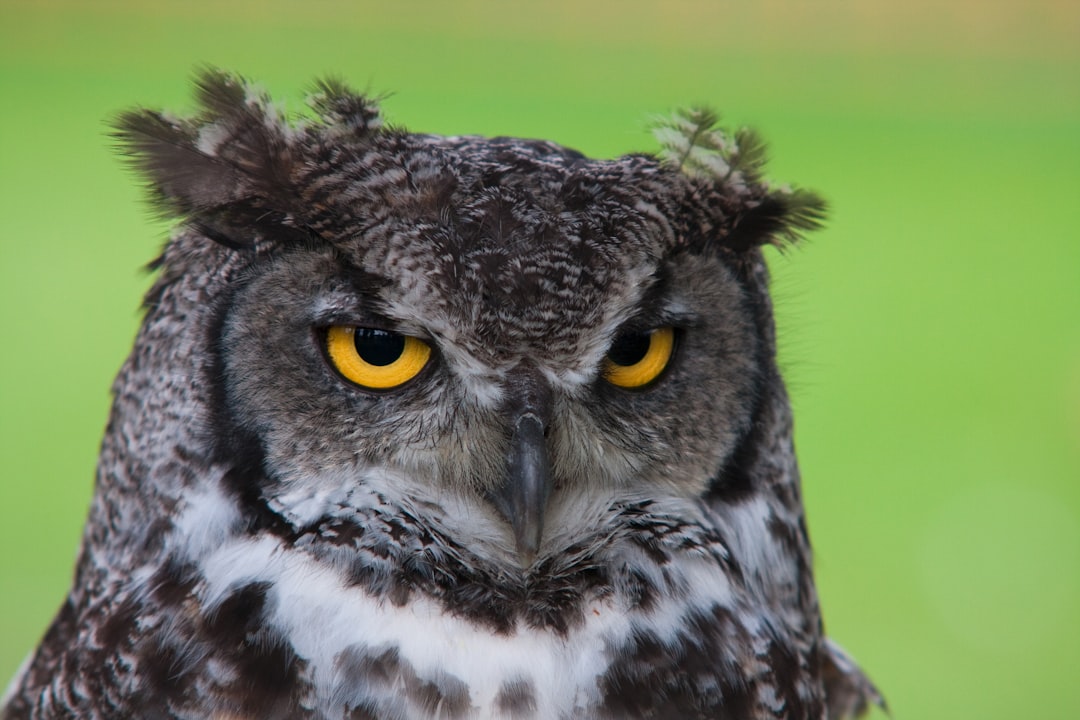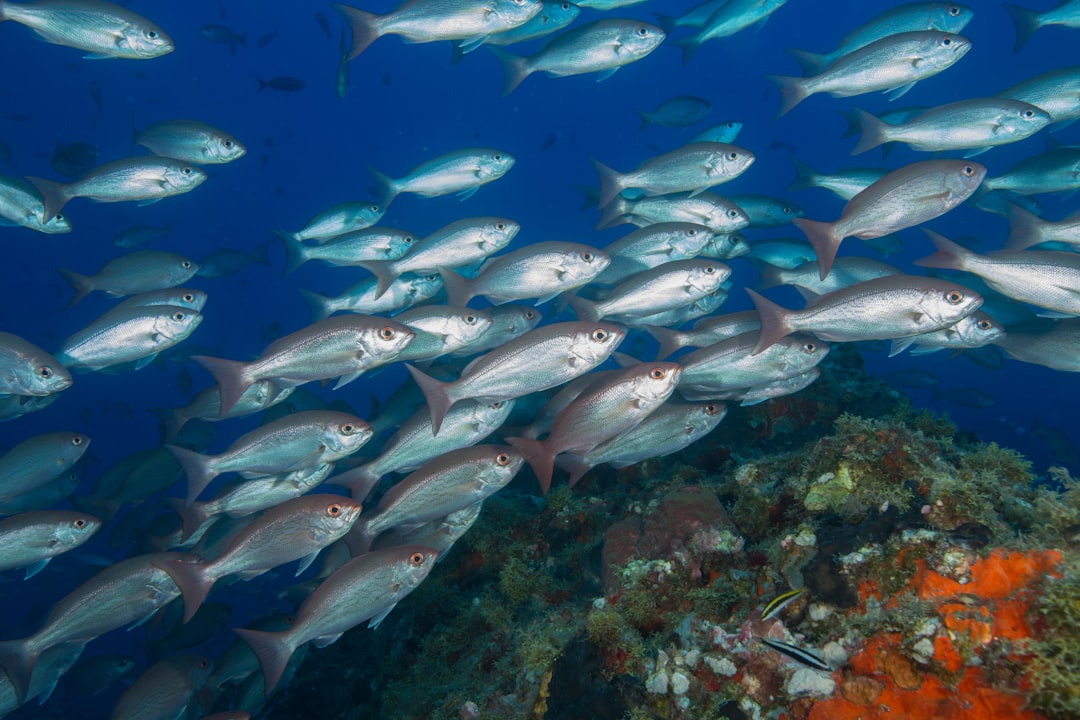What is it about?
Antarctica is a remote continent and underwater monitoring is particularly difficult, mainly due to the low temperature and ice cover of the sea surface. However, monitoring the underwater environment over long periods of time is crucial for understanding the functioning of these extreme underwater ecosystems and for estimating the impacts of global change. The GUARD1 stand-alone smart camera (European Patent EP2863257B1) was deployed from January to November, encompassing both summer and Antarctic nights and corresponding transition periods, capturing an image every nine hours. The smart camera produced a unique set of images of organisms lying on the seabed and in the water column, from which relevant ecological information was extracted using automatic image analysis techniques.
Featured Image

Photo by henrique setim on Unsplash
Why is it important?
The use of the GUARD1 smart camera has demonstrated the possibility of performing non-invasive monitoring activities in extreme underwater environments through the use of autonomous and stand-alone imaging devices. The set of acquired images has a relevant ecological value as it reveals dynamics of the observed ecosystems that can only be obtained through continuous and prolonged observations over time, which cannot be obtained with the state-of-the-art monitoring approaches commonly implemented in Antarctica. Moreover, the use of automated image analysis algorithms allowed to obtain an accurate description of the observed marine organisms.
Perspectives
The stand-alone, autonomous imaging device will be used to increase the number of monitoring sites in remote environments and, when integrated with the acquisition of physical and biochemical variables, it will be used to obtain data collections of great scientific value that are difficult to acquire in any other way. Furthermore, the on-board intelligence will be used to adaptively modify the behaviour of the imaging device according to the occurrence of relevant triggering events, such as the dynamics of underwater light or the behaviour (appearance/disappearance) of specific marine organisms.
Simone Marini
Consiglio Nazionale delle Ricerche
Read the Original
This page is a summary of: Long‐term automated visual monitoring of Antarctic benthic fauna, Methods in Ecology and Evolution, June 2022, Wiley,
DOI: 10.1111/2041-210x.13898.
You can read the full text:
Resources
Contributors
The following have contributed to this page










